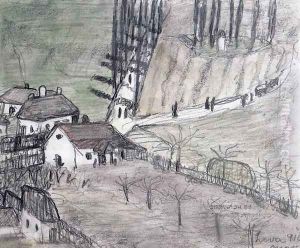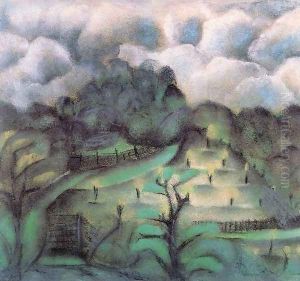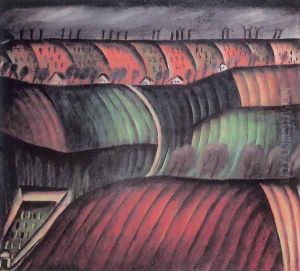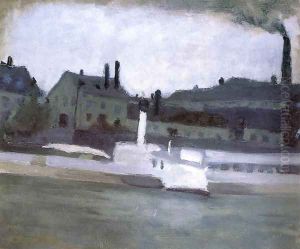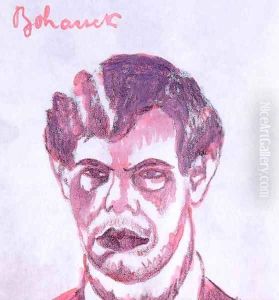Ede Bohacsek Paintings
Ede Bohacsek was a Hungarian artist known for his contributions to painting and graphic arts during the first half of the 20th century. Born in 1885 in Hungary, Bohacsek showed an early interest in the arts, which led him to pursue formal education in the field. His style evolved over the years, reflecting the changing artistic trends and the tumultuous social and political landscape of Europe during his lifetime.
Bohacsek's work was deeply influenced by the movements of his time, including Impressionism, Post-Impressionism, and Modernism. He was proficient in various mediums, including oil painting, watercolor, and etching, showcasing his versatility as an artist. His subject matter varied widely, encompassing landscapes, urban scenes, portraits, and still lifes, each imbued with a unique sensitivity and a keen eye for detail.
Throughout his career, Bohacsek exhibited his work in numerous galleries and exhibitions across Hungary and Europe, gaining recognition for his artistic talent. His works were appreciated for their vibrant colors, dynamic compositions, and the ability to capture the essence of his subjects. Despite the appreciation he received, Bohacsek remained relatively modest about his achievements, dedicating his life to his art without seeking widespread fame.
The political upheavals and the two World Wars had a significant impact on Bohacsek's life and work. The challenges of these periods are reflected in the evolution of his style, which became more introspective and somber over time. Despite these challenges, he continued to work and contribute to the art world until his death in 1951.
Ede Bohacsek's legacy is that of a dedicated artist who navigated the complexities of the 20th century with resilience and creativity. His work continues to be studied and appreciated by art historians and enthusiasts, offering insights into the artistic and historical context of his time.


